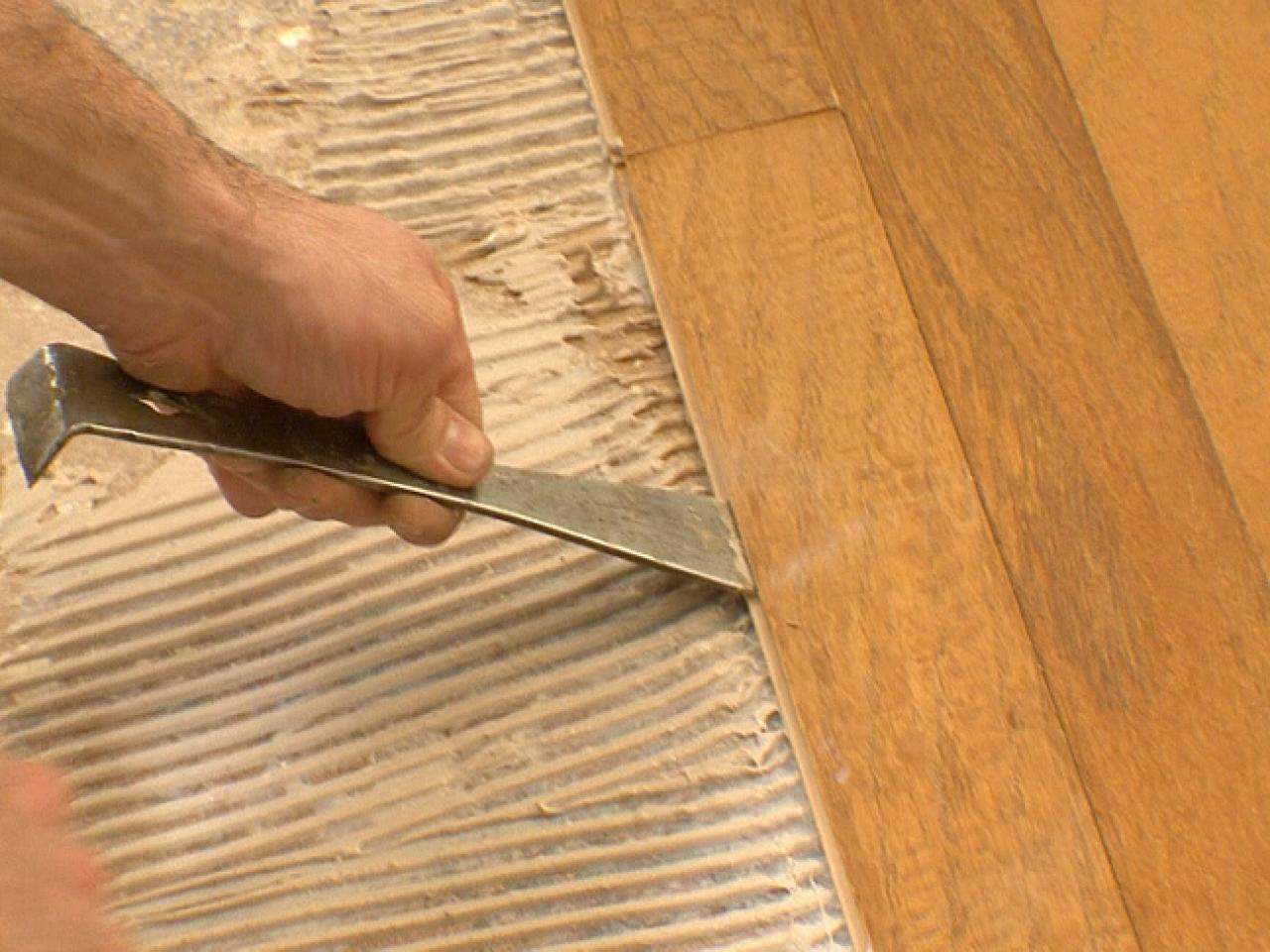When nailing down a wood floor the subfloor should be flat to within 1 4 in 10 or 3 16 in 6.
Adding to subfloor for engineered hardwood.
Level floors are critical for reducing gaps between the flooring material and substrate and preventing sagging and other structural complications.
Engineered wood also can be used on above or below grade.
Structurally sound and clean.
The key to a beautiful long lasting hardwood or laminate floor is a well prepared subfloor.
Do this by multiplying the room s length by its width.
Floating floors require over lap transition moldings to be used.
Whichever method you use for an additional subfloor allow 3 4 inch expansion space at the walls and vertical obstructions.
Floating engineered wood floors can simply be installed directly on osb subfloor the hardwood flooring must be installed crossing the floor joists at a 90 degree angle.
Solid strip or plank can be laid directly over a sleeper system but engineered wood flooring less than 3 4 inch thick or solid plank wider than 4 inches requires a wood subfloor over the sleepers.
Flush transition moldings are commonly used to complement nailed down or glued down wood floors.
And free of dirt paint drywall patch and other contaminates.
The prep work for laying engineered hardwood flooring varies depending on what s under it but any subfloor needs to be flat within 3 16 inch in a 10 foot radius or 1 8inch in a 6 foot radius.
It is the responsibility of the flooring installer to assess and address substrate flatness before.
Before you install your plywood subfloor first calculate the room s square footage to find out how much flooring you ll need to buy.
Wood floors may be installed over subfloors that are out of level such as a ramp but should still fall within floor flatness tolerances.

